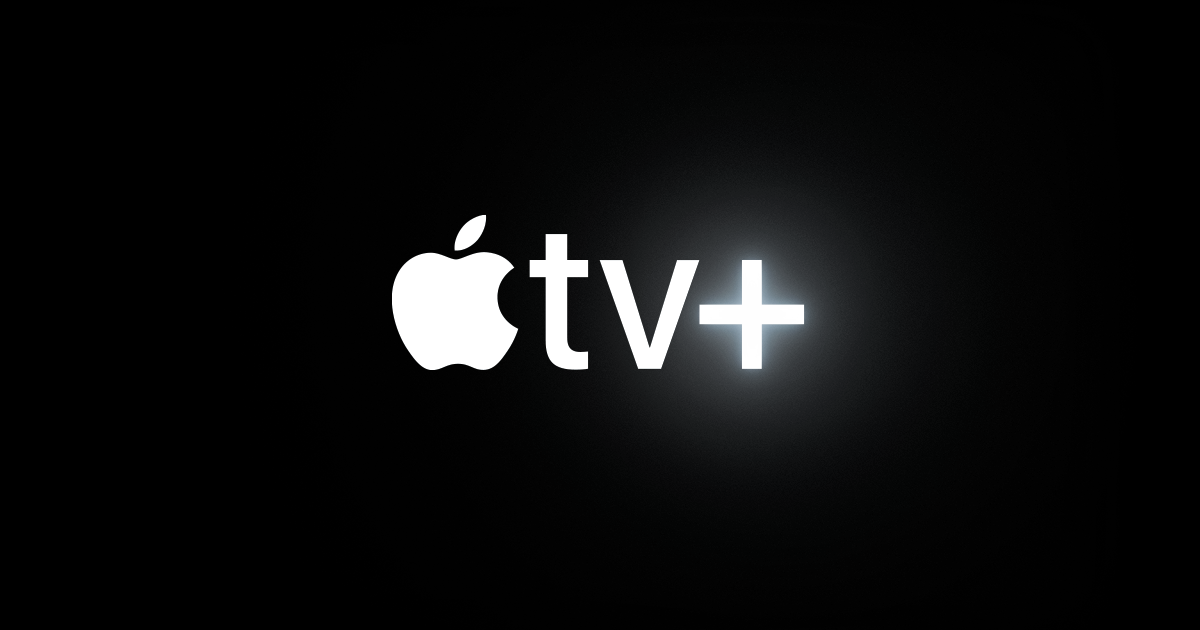When U.S. President Donald Trump introduced a 145% tariff on Chinese imports, Apple CEO Tim Cook worked behind the scenes to protect Apple’s products from the added cost.
According to The Washington Post, Cook had a phone conversation with Commerce Secretary Howard Lutnick and spoke with top White House officials. He explained that these high tariffs would make iPhones more expensive. Cook was also careful not to criticize Trump publicly, and he even donated $1 million to Trump’s inauguration.
Thanks to these efforts, the Trump administration agreed to exempt several Apple products—like the iPhone, Mac, iPad, and Apple Watch—from most of the new tariffs on Chinese goods.
However, this exemption might not last. Just a day later, Trump said there would be “no tariff exception” and mentioned that companies like Apple could still face new tariffs. The administration also plans to review electronics and semiconductor imports as part of a national security investigation.
Apple’s stock has been up and down due to this uncertainty. It dropped nearly 20% but recovered some value after the temporary exemption.
During Trump’s first term, Cook had also convinced him that tariffs would give Samsung an advantage over Apple. Although Trump now says he won’t give in to pressure from businesses, he did mention recently that he “helped Tim Cook,” suggesting Cook still has influence.
Trump wants Apple to move production to the U.S., but that would be costly and hard due to labor shortages and factory expenses. Apple has promised to invest $500 billion in the U.S. and will build some cloud servers in Houston with Foxconn.



